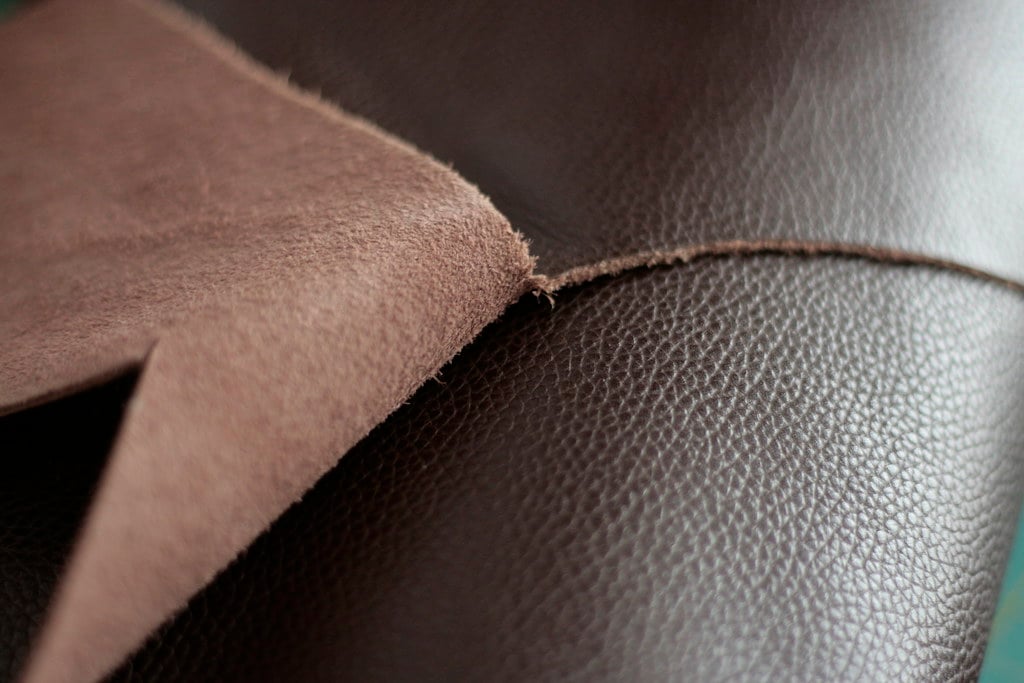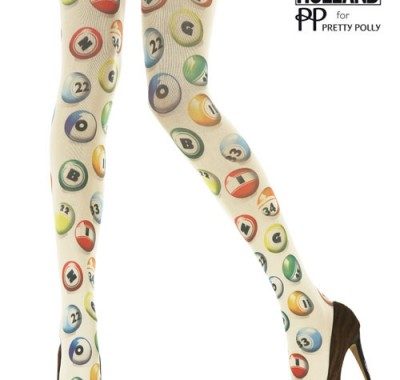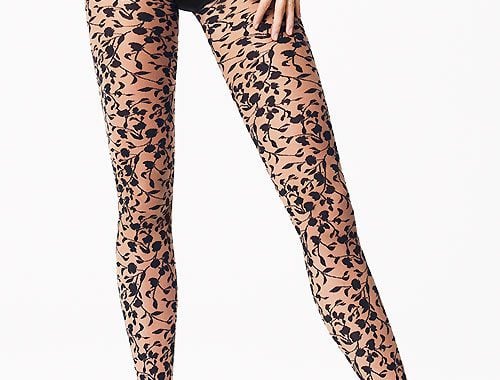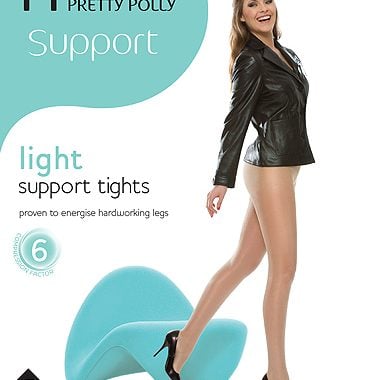A Complete Guide To Leather Goods

Where Does Leather Come From?
Leather is, of course, an animal product. For those who are vegan or generally dislike using animal based products, this material is not for you. There are many sources of animal hides and leather can be made from a few different animals. But how is it made exactly? Well, let’s take a look.
The source of this fabulous and versatile material is usually from cattle. Although other types like sheep leather is also popular. Bulls and cows are both used for various purposes. Bull hide is usually thick and very high quality. But as bulls often fight one another, their hide is often scratched and marked. So it is never used in things that need to look soft and smooth and uniform. Rolls Royce, for instance, doesn’t use bull hide anywhere in their seats. That is because the material may split if sat in and stretched and strained.
What Is The First Steps To Making Leather?
After the hide is harvested from the animal at an abattoir, it is taken to a tannery. They are stored in a facility called a beam house. Here, they are packed in rock salt to keep the moisture out of the hide and keep the material preserved. They stay in this condition for 30 days. After that, they are desalted and prepared for the next step.
Leather hides till have a lot of moisture trapped in them. So at this point, they are split into two layers. One is used for genuine leather products, and the other for tougher grain items. The grain types of leather are extremely complex, so don’t worry for now. This is a complete guide, so we are going to go through them soon. But first, let’s take a look at the next step, tanning.
What Is Tanning And How Does It Work?
Tanning is probably the part of making this material that you think of when you hear the word “leather”. It is the first major step, beyond the salting prep, and defines what the finished product will be like. Tanning is a chemically complex process, but one that can be done rather simply. So let’s take a look at what it all means. The main aim of tanning is to slow down or outright halt decomposition. After all, hides are animal products that are subject to the same process anything else would be.
So, to defy time itself, they put the hides in a drum with one of a few ingredients. Either it is chromium salts, or a vegetable tanning agent. Once these are added to the drum, the agents soften the hide. They also preserve it for a very long period of time. The drum heats up continuously to speed up the chemical process. Then, tanneries add natural bovine oils and fat liquoring, which strengthens the fibres that are softened by heating. We’ll go into a bit more depth in the next section about why you should check which process is used. It can definitely affect the quality of your leather goods.
What Different Type Of Tanning Are There?
As we mentioned, there are three distinct types of tanning used on leather. And each has their own process and reason for being used. As we mentioned, one is chromium, another is vegetable tanning, and the third is a combination of the two. The pros and cons of each are pretty clear cut, so let’s see what is what.
1) Chromium Salt Tanning
Chromium salts are what the tannery use when they want a very mellow and supple material. It is a synthetic method using no animal or plant products, but that is not necessarily bad. This method is not worse for the hide, per se. It is just better for creating very soft hides.
2) Vegetable Tanning
This process uses natural tanning oils from vegetables. Tanneries that want to create great body and firmness love to use this method. Commonly used vegetable substances are chestnut, tree barks, and mimosa.
3) Combination Tanning
If you want plump and full bodied leather, and yet not stiff or too unyielding, here you go. It is a combo tanning is what you need. You can really get the best of both worlds.
What Happens To The Leather After Tanning?
Once this tanning process is complete, the facility handles the by-products safely. Then they place the leather in a sammying machine. What is that exactly? A sammying machine is essentially a giant roller. It presses the hide and squeezes any excess moisture out. Then it goes to inspection. They set aside any hides that are defective or damaged for other uses. The inspectors find the small blemishes and cut them out or trim the hide to remove them.
After this process, a skilled inspector separates his pelts into three grades. Grade 1 is the finest quality and will go into very expensive leather goods. Grade 2 is for hides that are of a good but not perfect quality. This is the majority of hides. Grade 3 is for that leather that is passible and useful for certain purposes. But it may not be particularly good for use by itself. You wouldn’t find this used in a handbag, but you might in goods like furniture leather. This is so the designer can still use real leather with some of its qualities. This way, they avoid having to use faux leathers, with all their drawbacks. Interesting fact, all the chromium dyed pelts are called “wet-blue” hides. That is because they are still drying, and chromium gives it a pale blue shade until the tanning in finished.
Finally, the technicians shave the hides, so that each piece is a uniform thickness. You cannot upholster a chair or make a handbag with leather thick in one area and thinner in another. After shaving, they trim the edges and collect the scraps. Scraps of hide have all kinds of different uses and applications. You can make all manner of padding and filler from small leather straps, and nothing goes to waste.
Then Comes The Dyeing
Most people don’t know that leather isn’t usually the colour that it was as a raw hide. Brown leather doesn’t just come from a brown cow, for example. After tanning, technicians place hides inside dyeing vats and they add rich and vibrant colour. You can use synthetic or natural dyes for this part of the process. Dyeing takes forever, and is the lengthiest part of the whole affair of making leather. The technicians leave the pelts in the drums for up to 8 hours, so the colour takes. Then, they take a sample cutting from the edge to see if the colour runs all the way through. If it does not, they repeat the process.
And Finally, The Finishing
Finishing is the last part of preparing a hide, and the most important, arguably. It is where you get your gloss and lustre from, as well as malleability. It is also where you will find all the protection in a piece of leather. The tannery takes the hides and stretches them out onto a big steel mesh surface. From there, they apply various finishes and pigment so bring out the colour chosen in the dye. From there, it is a matter of waiting for around 8 hours. The finish seeps in, and varnishes the leather. This is what is responsible for its lustrous shine and coat.
Some process apply embossing to the leather, but full grain doesn’t need that. You can just rely on its natural sheen and gloss for the desired effect. More below on what that means. And finally, the leather just needs ironing. They perform one final inspection. After that, the tannery ships it to a leather clothes maker. In no time at all, artisans are turning it into handbags and shoes and whatever else they specialise in.
What Are The Different Leather Grains And How Do They Compare?
There are a few discrepancies in how people rank and grade leather. Some say five grades, others say four, others still say only three. Generally speaking though, most agree there are four grades of leather goods. And they are not just about sheer quality either. They make them differently and for different purposes. So you may not just want to jump at high quality for every purchase. You could be racking up a bigger bill for no reason.
1) Bonded Leather
Bonded leather is an odd term as it may not be a majority leather at all. This kind of material means scraps of leather and suede, mixed with various glues, dyes, and substitutes, mostly synthetic. It is like how they make paper out of wood pulp. They take all the elements unsuitable for use on their own. Then they combine them into an amalgam. Of course, this has its place. If you want something inexpensive that looks like leather, this is what you need. But most people relegate it to objects that won’t receive a lot of wear and tear. Stuff like car trim. Designers want them to look like leather, for example. These are often made of vinyl, but some people think that looks too plastic. So many designers add stitching and fake grain, using reconstituted or bonded leather.
2) Genuine Leather
Genuine leather is a broad definition that can include many different types. Generally, the thing to remember is that the word “genuine” doesn’t mean it is authentic. It doesn’t refer to real stuff over faux leather or vegan leather. It is usually a type of material that is not the original hide of the animal. Instead it is somehow constructed or constituted out of leather in some artificial way. And there are a few ways this can be done.
3) Top Grain
Top grain leather is a great calibre of leather goods, but not the best. This is the highest layer of the pelt, the layer that faces the elements. If you buy a piece with top grain leather, you will get a more realistic look. Top grain has been slightly altered and standardised, however. Whilst top grain may look more like what you think leather should look like, the small imperfections will be gone. They shave and sand the pelt to smooth it out and remove the animal hide look from the original piece. This is done so that it looks neater.
The uniform appearance of genuine leather is too artificial for many people’s tastes. Top grain is a much lighter version of this process. So it doesn’t look like it has been painted brown, exactly. But it does look like less like it came from Mother Nature. And of course, it is still the upper part of the hide, not the under side, like genuine leather is. So it is still a lot tougher and longer lasting. So if you want it to look like a piece of tanned leather, then this is where you must go.
4) Full Grain
This is the pinnacle of good leather. It is also from the same area as the top grain is from. The different is that it is not sanded down or altered to remove the original leather look. It is closest to the original pelt, with unique patterns and markings left intact. This means that your leather purse may have a very textured and varied look to it. As it absorbs oils and moisture over time, it develops a patina, unique to your own item.
Full grain is striking in its thickness and heaviness. It is usually very tough to begin with too, with an almost immovable density and unyielding density. But this all means that a full grain leather bag or satchel or purse is the highest quality imaginable. After weeks, the item will still look crisp and snappy. After months, it with still look pretty new and. And after years and years the item will be soft and malleable, but not stretched or morphed. Full grain leather items, if made by a craftsman, will last a lifetime.
What Is The Right Type Of Leather For Me?
Generally speaking, there is no one answer to questions like these. The use of bonded or recycled leather isn’t bad for some applications. But if you are spending a lot of money on something, avoid this type. Many designers will unscrupulously sell you a product that you think is worth hundreds. But it might actually be low quality leather in disguise. Don’t be afraid to ask about the leather type. Any good leather purveyor should be able to answer the most basic questions.
If you want quality beyond measure, and don’t mind a price tag a little higher too, go for full grain. It is stiff and sturdy, luxurious, firm after a long time using it, and is rich and smells beautiful. If you want all of these qualities in moderation but at slightly more affordable price, choose top grain. And if you have something that isn’t a statement piece, or an occasional item, then go for genuine leather. This type is going to be the majority of stuff you find in reputable retailers anyway. It is certainly not bad, but won’t last you forever. Bonded leather is great for items that don’t undergo much strain. House ornamentation, for example.
Conclusion
Leather is one of the greatest gifts tot he fashion world. It is gorgeous. It is lovely to wear. Every culture and civilisation has relied on it for creating useful objects and for making beautiful ones too. This is one of the best materials a woman could ask for. So when you invest in a new piece, you will know what is what. Now you will know where it came from and what you should be looking for. Want to read some other great posts about fashion and how to get the most out of your clothing? Start here, at our blog.





One Comment
Pingback: